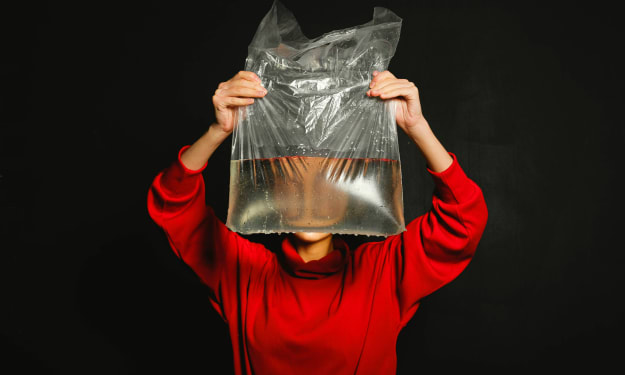Halloween Dark History: Everything You Need To Know
A festive with a dark theme

Halloween is a time for enchanting costumes, frolicking trick-or-treating, and haunted house tours. But have you ever considered the eerie origins and macabre history of this well-known holiday? Join us on a journey into the shadows as we uncover the dark history of Halloween.
Samhain and the Celtic Belief in the Dead
On the night of Samhain, the Celts believed that the veil between the worlds of the living and the dead was thin. This allowed spirits, both benevolent and malevolent, to enter the world of the living. The Celts would dress up in costumes and light bonfires to ward off evil spirits. They would also make food and drink offerings to the dead.
The Christianization of Halloween
Pope Gregory III established All Saints' Day in the eighth century CE to honor Christian saints. Originally celebrated on May 13, Pope Gregory III changed the date to coincide with the pagan festival of Samhain. This was an attempt to Christianize and make the pagan holiday more acceptable to Christians.
Pope Gregory III established All Saints' Day in the eighth century CE to honor Christian saints. Originally celebrated on May 13, Pope Gregory III changed the date to coincide with the pagan festival of Samhain. This was an attempt to Christianize and make the pagan holiday more acceptable to Christians.
The Witch Hunts
The 15th and 16th century witch hunts were a dark period in European history. Thousands of women were accused of witchcraft and executed during this time period. Many of the charges were founded on superstition and fear. During this time, Halloween became associated with witchcraft, and many of the holiday's traditions were viewed as pagan and dangerous.
The Salem Witch Trials
Between February 1692 and May 1693, the Salem witch trials were a series of hearings and prosecutions of people accused of witchcraft in colonial Massachusetts. Over 200 people were charged with witchcraft, and 20 were executed. The Salem witch trials were a dark period in American history that solidified the link between Halloween and witchcraft.
The Dark Side of Modern Halloween
While Halloween is generally regarded as a fun and festive holiday, it does contain some dark elements. Some people, for example, use Halloween as an excuse to commit vandalism and other criminal acts. Furthermore, some Halloween costumes are offensive or insensitive.
Dark Symbols of Halloween
There are many symbols that show dark and negative meanings.
Bats
Because bats are nocturnal creatures that are active at night, they are frequently associated with Halloween. Bats are also associated with death and the undead in many cultures.
Black Cats
Black cats are frequently associated with bad luck and witchcraft. This is most likely because of their association with the dark and the unknown.
Halloween's Black Cat
Ghosts are the spirits of the dead who are unable to enter the afterlife. They are frequently interpreted as symbols of death and the supernatural.
Jack-o'-lanterns
Jack-o'-lanterns are carved pumpkins that have candles inside. They are thought to have originated from an Irish folktale about a man named Stingy Jack who was cursed to wander the earth with a carved pumpkin lantern.
Skulls and Skeletons
Skulls and skeletons are death and afterlife symbols. They are frequently used to create a spooky atmosphere in Halloween decorations.
Spiders
Because spiders are nocturnal creatures that spin webs, they are frequently associated with Halloween. Spiders are also associated with witchcraft and the occult in many cultures.
Werewolves
Werewolves are mythical beings that are half human and half wolf. They are frequently associated with Halloween because they are nocturnal creatures that transform into wolves on full moon nights.
Witches
Witches are magical practitioners who are often associated with the supernatural and the occult. They are frequently depicted in black robes riding broomsticks.
Conclusion
Halloween has a long and complicated history. It is a time to celebrate the harvest, remember the dead, and guard against evil spirits. However, Halloween has a dark side, dating back to the Celtic festival of Samhain and the 15th and 16th century witch hunts.
It is critical to be aware of Halloween's dark history and to observe the holiday in a respectful manner. Halloween should be a time for fun with friends and family, not for harmful or offensive behavior.
About the Creator
Exotic History
Welcome to Exotic History, where the past comes alive with vibrant stories and intriguing narratives. We are your gateway to a world of captivating historical accounts, adventures, and forgotten tales that span the globe.






Comments
There are no comments for this story
Be the first to respond and start the conversation.